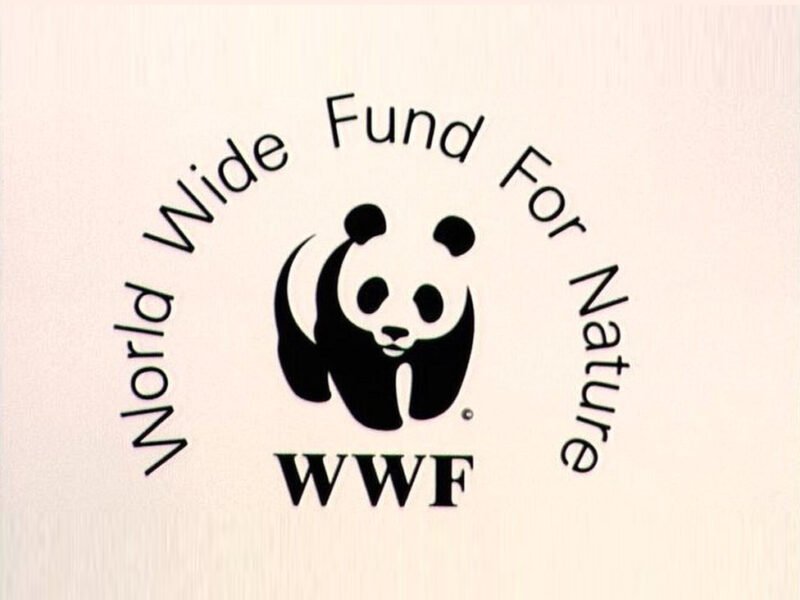World Wide Fund for Nature

The World Wide Fund for Nature (WWF) is one of the world’s largest independent conservation organizations, dedicated to stopping environmental degradation and building a future where humans live in harmony with nature. The organization operates in nearly 100 countries and has more than five million supporters globally.
History
Founding: The WWF was founded on April 29, 1961, in Morges, Switzerland, through the collaboration of conservationists, scientists, and political leaders. The founders, including Prince Bernhard of the Netherlands and Sir Peter Scott, sought to create an international organization to raise funds for the conservation movement.
The Panda Logo: The iconic panda logo was inspired by Chi-Chi, a giant panda at the London Zoo in 1961. The founders chose the panda for its recognizability across language barriers and because it was an endangered, appealing animal. The black-and-white design was also cost-effective to print.
Name Change: In 1986, the organization’s name was changed from the World Wildlife Fund to the World Wide Fund for Nature to better reflect its expanding focus beyond just wildlife. The WWF initials were retained, though the organization in the United States and Canada still primarily operates as the World Wildlife Fund.
Mission and Goals
WWF’s mission is to:
Conserve the world’s biological diversity.
Ensure that the use of renewable natural resources is sustainable.
Promote the reduction of pollution and wasteful consumption.
The organization’s work is currently organized around six main goals:
Forests: Protecting and restoring forests, including a goal to restore 350 million hectares of forest landscapes by 2030.
Oceans: Ensuring important fisheries and ocean ecosystems are productive and resilient.
Wildlife: Securing and recovering iconic and endangered species.
Food: Creating sustainable food systems that conserve nature and maintain food security.
Freshwater: Ensuring freshwater ecosystems provide water for people and nature.
Climate and Energy: Achieving a global shift toward a low-carbon and climate-resilient future.
Noteworthy campaigns and initiatives
Earth Hour: A well-known global campaign that started in 2007, where individuals and organizations switch off their lights for an hour to raise awareness about climate change.
Living Planet Report: A biennial publication that tracks the health of the planet’s biodiversity and provides analysis on the impact of human activity.
Debt-for-Nature Swaps: A conservation finance tool pioneered by WWF in which debt is purchased from a country at a discount and converted into funds for environmental projects.
Marine Stewardship Council (MSC): WWF co-founded the MSC with Unilever in 1997 to certify sustainable wild-caught seafood and promote healthy oceans.
Operations and funding
Global network: The WWF operates as a global network with a central international headquarters in Gland, Switzerland, and over 90 offices in more than 100 countries.
Funding: The organization receives a significant portion of its funding from individuals and bequests, as well as contributions from government and corporate partners.
Partnerships: WWF works in collaboration with a wide range of partners, including other non-governmental organizations, governments, businesses, scientists, and local communities, to achieve its conservation goals.